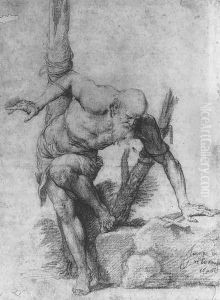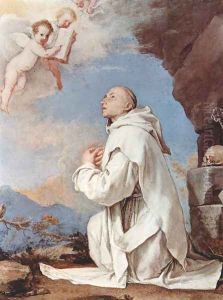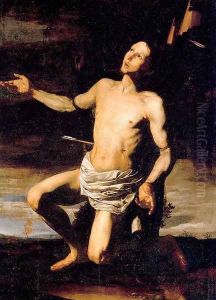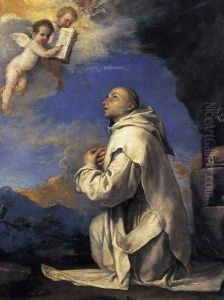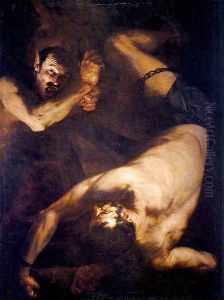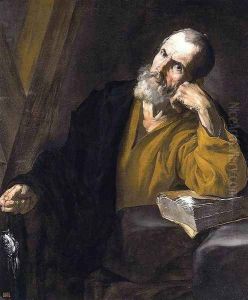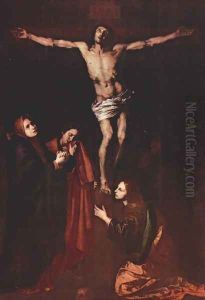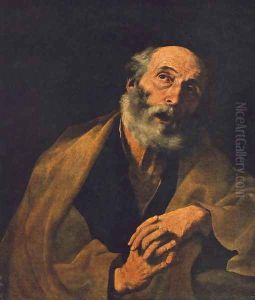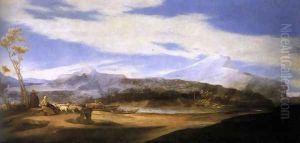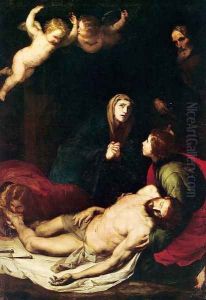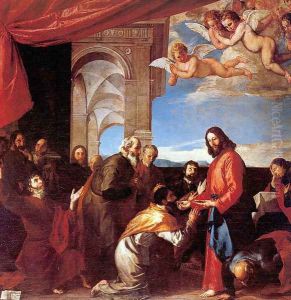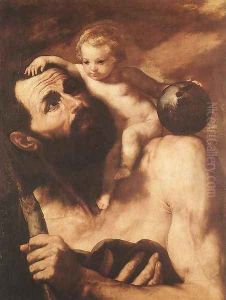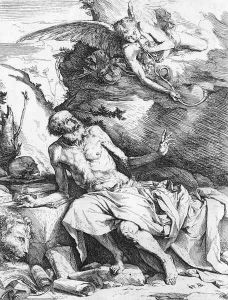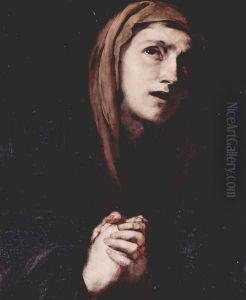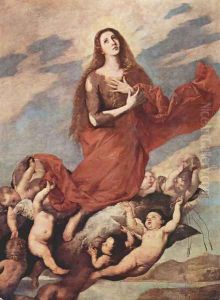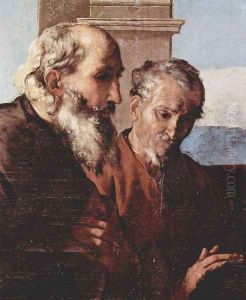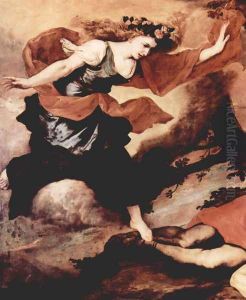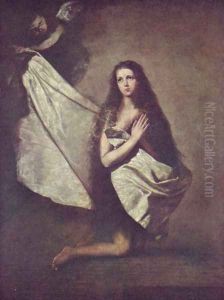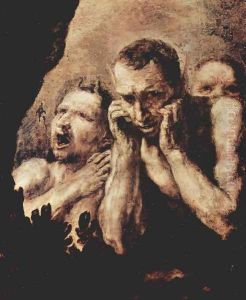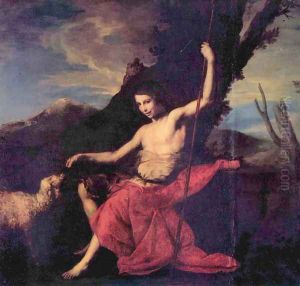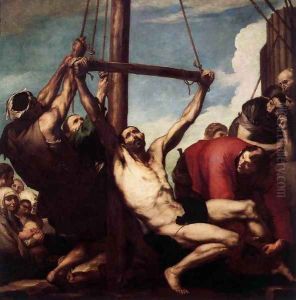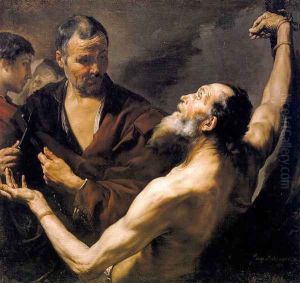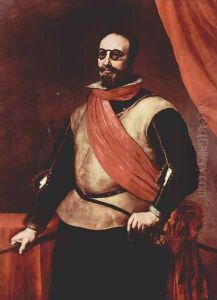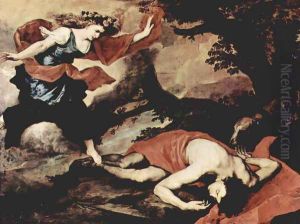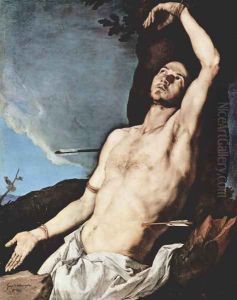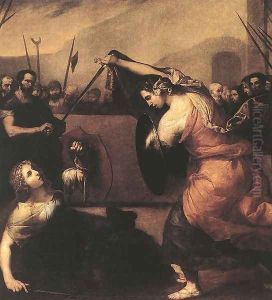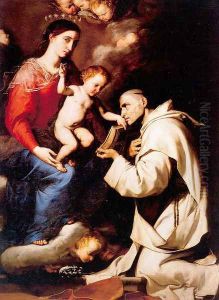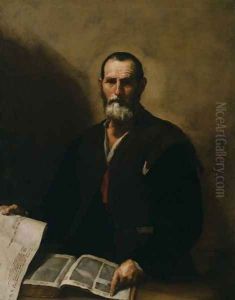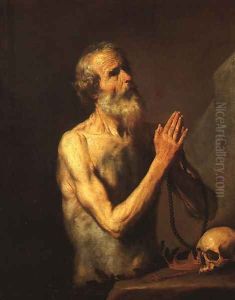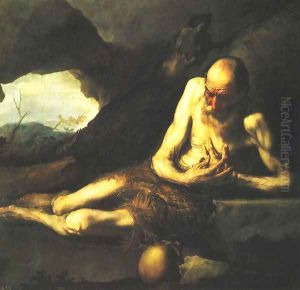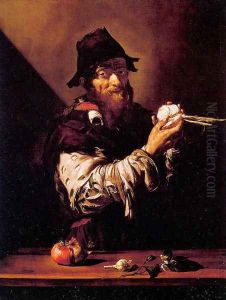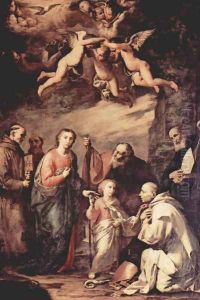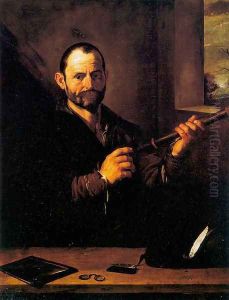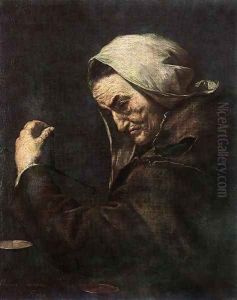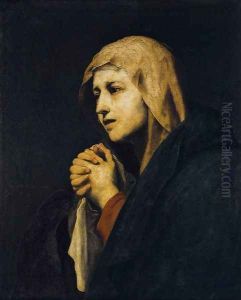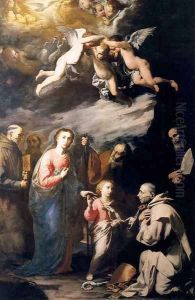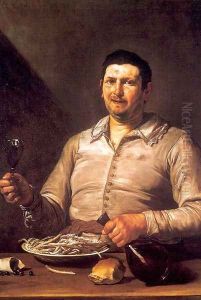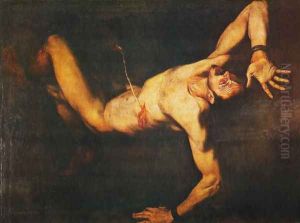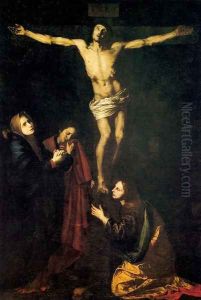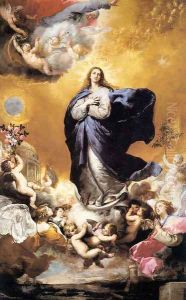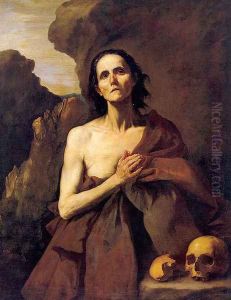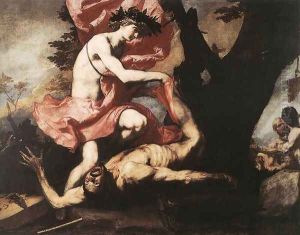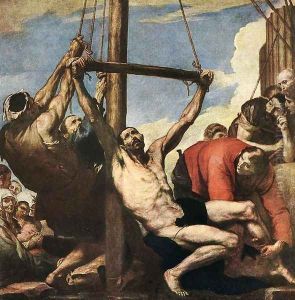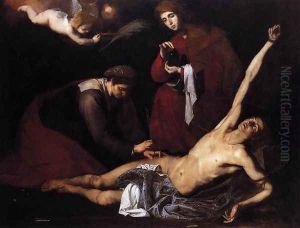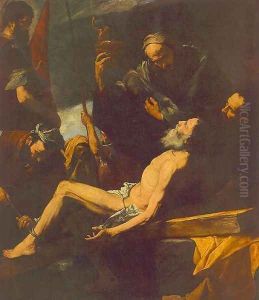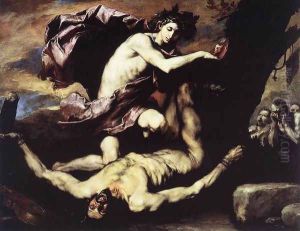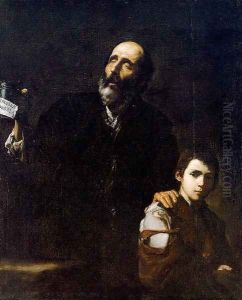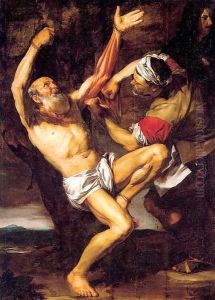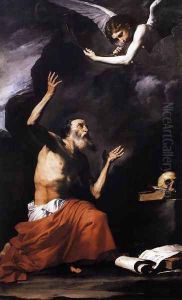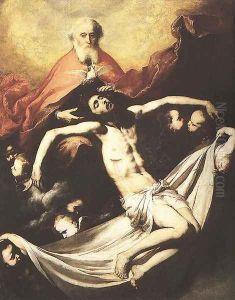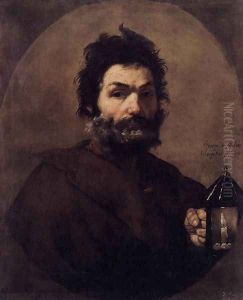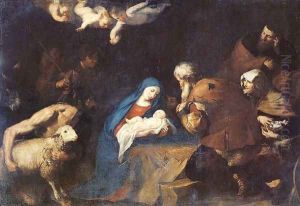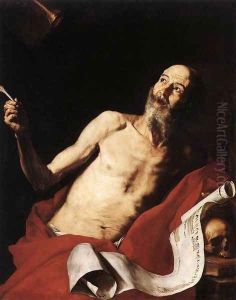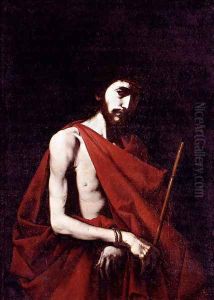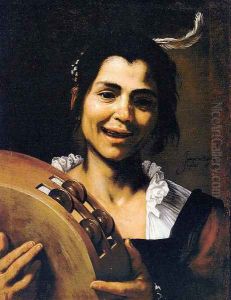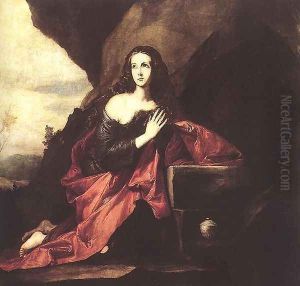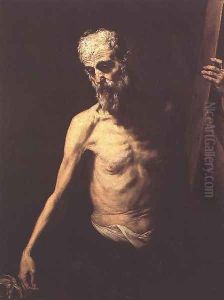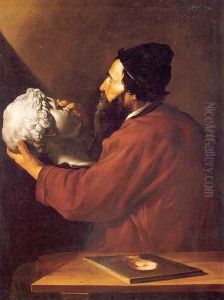Jusepe de Ribera Paintings
Jusepe de Ribera, also known as José de Ribera or Lo Spagnoletto (meaning 'the Little Spaniard'), was a Spanish painter and printmaker, noted for his dramatic lighting, and particularly for his depictions of religious and mythological subjects. Born on January 12, 1591, in Játiva, near Valencia, Spain, Ribera is often considered one of the foremost artists of the Spanish Baroque period.
Ribera moved to Italy around 1611, where he worked in Parma and then Rome. In Rome, he was influenced by the works of Caravaggio, whose use of chiaroscuro—the strong contrasts of light and dark—greatly impacted Ribera's own style. In 1616, he moved to Naples, which at the time was a Spanish possession and a thriving artistic center. Naples would remain his home for the rest of his life.
In Naples, Ribera became a leading painter and received commissions from many important figures, including the Spanish viceroys. He was known for his intense and often brutal portrayal of human suffering. His works from this period include 'The Martyrdom of Saint Bartholomew' and 'Apollo and Marsyas'. Ribera's mastery of the human form, especially his anatomical precision, is evident in these paintings.
Despite his grim subject matter, Ribera's art was in high demand. He became the head of a large workshop, which helped him to fulfill the numerous commissions he received. His influence was extensive, and he had a number of followers and imitators, spreading his style not only in Italy but also in Spain.
Ribera's later works show a softening in both subject matter and style, with less emphasis on the violent and more on the serene and contemplative. His mature works are characterized by a greater refinement and sensitivity, such as in 'The Virgin with the Child'.
Ribera's influence extended beyond his lifetime, affecting the development of Neapolitan painting and Spanish art in general. He is considered one of the 'Big Three' of the Spanish Baroque, alongside Diego Velázquez and Francisco de Zurbarán. Ribera died on September 2, 1652, in Naples. His legacy is preserved in some of the world's greatest museums, and his works continue to be studied and admired for their emotional intensity and technical skill.

